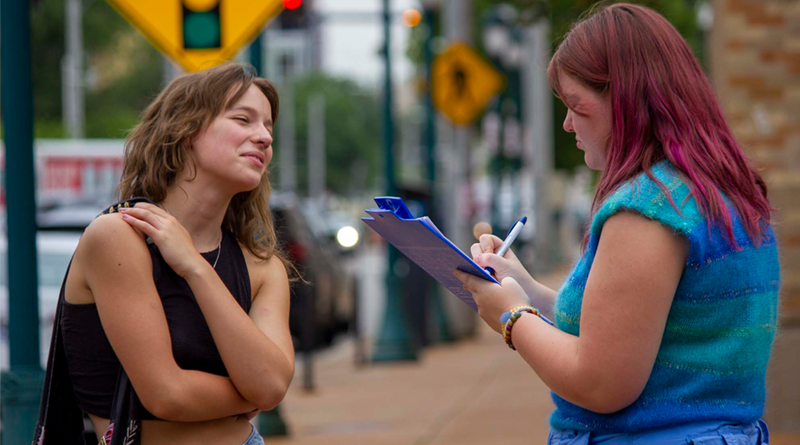This blog piece was written by one of our students, Grace. The opinions expressed herein do not reflect those of Civitas other than respect for the value of open dialogue.
On June 24th, 2022 the United States Supreme court ruled on the case of Dobbs v. Jackson Women’s Health Organization that overturned the landmark case of Roe v. Wade. In 1973, Roe v. Wade ruled that the United States constitution would protect abortions under the 14th amendment under the liberties and privacy. Many Americans, as a month has passed since the overturn of Roe v. Wade, many Americans (myself included) have found themselves asking: how did we get back to square one? The first place my mind went to is how I’m concerned about the fact that the Supreme Court is unelected, life term, unrepresentative of the American people, and ultimately undemocratic. With each of those listed traits has led to the overturn of the federal protection of abortion, and placing that “protection” in the hands of state legislatures.
After polling on the Clayton and the Delmar Loop in St. Louis, as well as a Civitas sponsored Survey Monkey, legalization of abortion in some way is largely supported.
Combining the options of the “legal under any circumstance”, “legal under most circumstances”, and “legal in only a few circumstances”, 85% of our responses believe that abortion should be legal in some way for certain circumstances. This number comes from our survey that was quite equally distributed amongst gender identification, age, region of the United States, and voter status. Our Civitas poll closely aligns with other nationwide polls focused on the topic of legalized abortion. The Pew Research Center’s survey on public opinions about abortion finds that 61% of Americans believe abortion should be legal in most or all cases. Once again, that is over the majority of American citizens who believe that abortion should be legally protected in some way.
The jarring reality is that the decision of Dobbs v. Jackson was unrepresentative of the popular opinion of Americans. With a final vote of 6-3, the majority of the Supreme Court sided with the overturn of Roe v. Wade. So once again I ask myself: how did we get here? I’ve come to a conclusion that the Supreme Court was never intended to be representative or democratic. Although the justices are appointed by an elected presidential, our presidents are elected through the electoral college and not the popular vote. A common solution that has been discussed, especially amongst the Democratic Party and democratic voters is the idea of expanding the Supreme Court. Personally, I don’t agree with the idea of packing the court. Packing the court will not solve our problem. The best solution for Supreme Court reform is abolishment of the electoral college if justices will continue to be appointed by the president, and term limits for the Supreme Court justices. Supreme Court justice term limits is not an uncommon idea.
Results from our Civitas survey found that 58% of Americans, once again a majority, believe that Supreme Court justices should have term limits. Term limits could be approached in a number of ways, but the most feasible way is through a new Constitutional amendment.
Abortions will always take place, no matter the legal status. Majority of Americans have made the decision as American to believe people should have legal protect and privacy in the case of abortion; now it’s time for our government to do the become reflective of its constituents again.


Pingback:Index of 2022 Intern Student Blog Posts - CIVITAS-STL